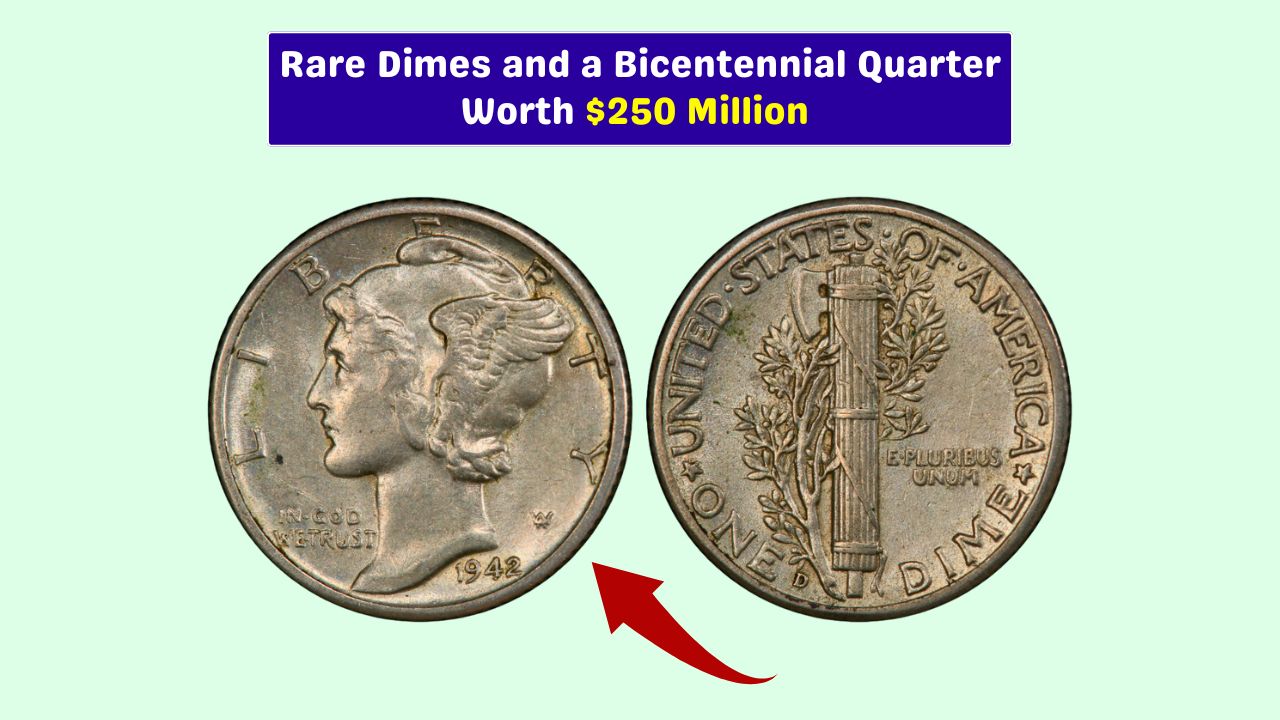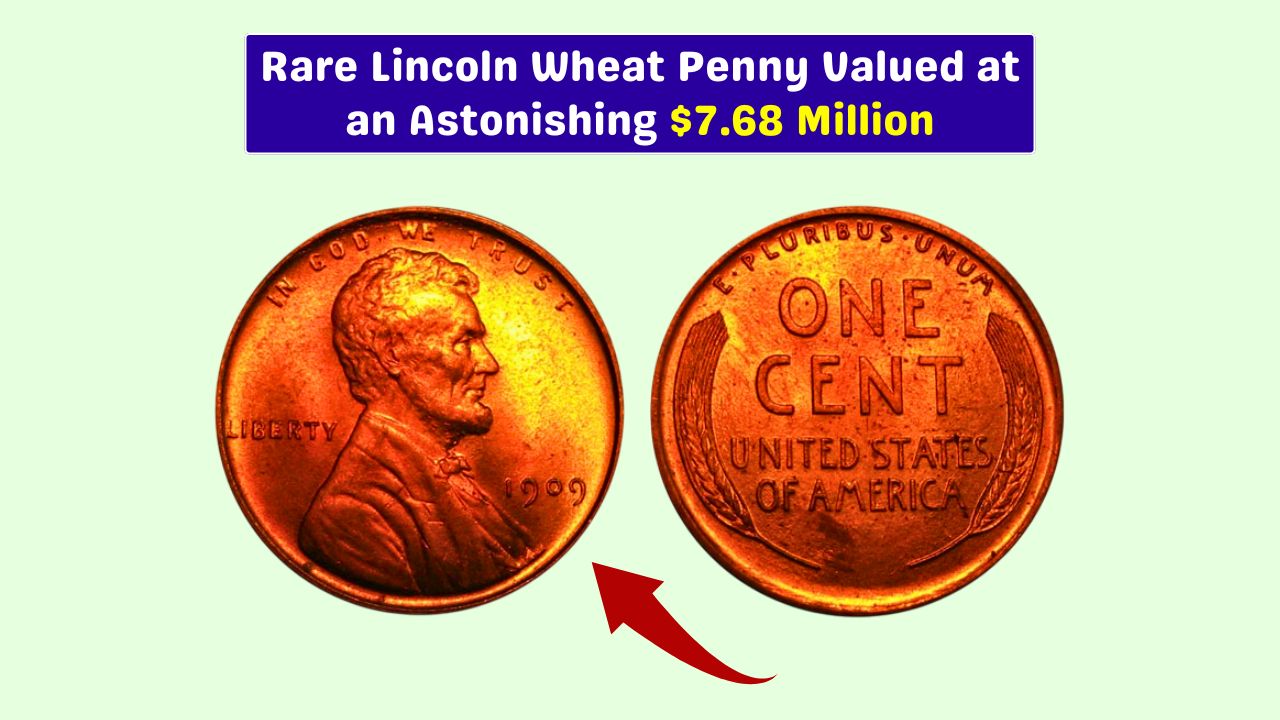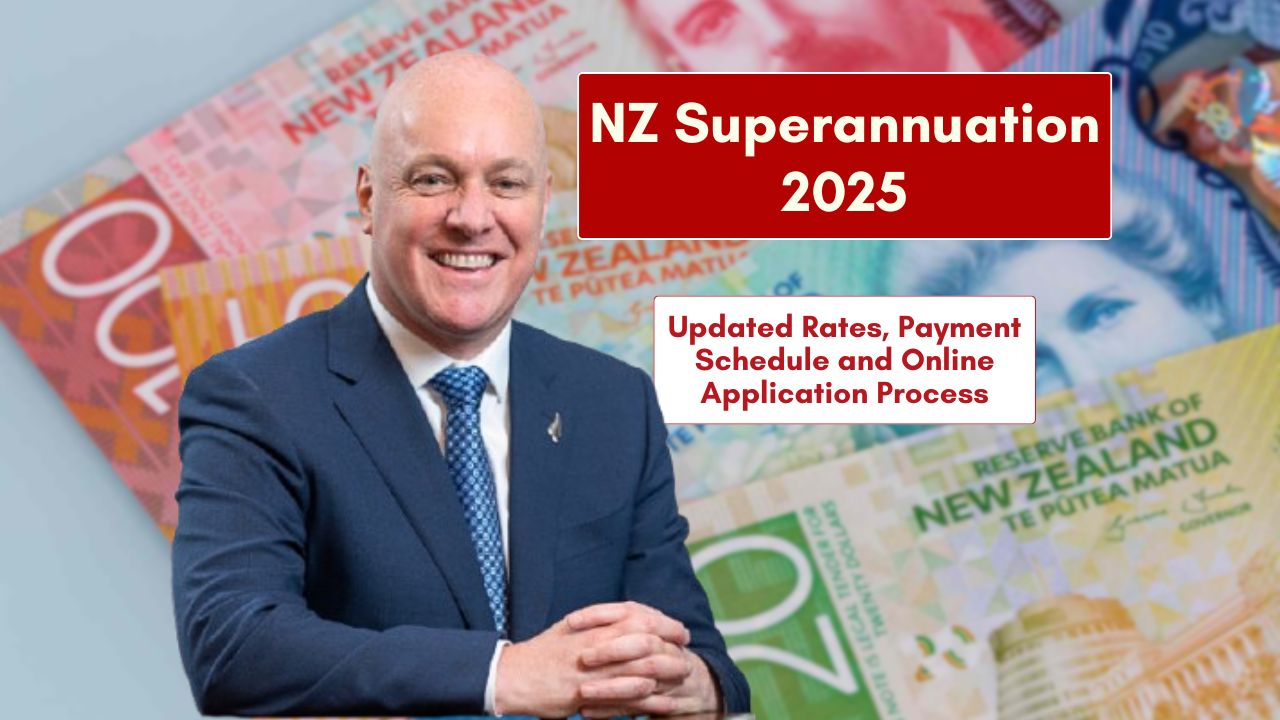With April 2025 approaching, many Canadians have come across headlines claiming $3,500, $1,600, or $1,100 in CPP payments. These numbers have created a buzz—but are they real? This article breaks down the truth behind the Canada Pension Plan (CPP) changes and what you can actually expect in 2025.
Let’s clear up the rumors, explain the real benefit increases, and help you plan your next steps with expert-backed details.
Table of Content
Rumors
There’s been a lot of chatter about one-time CPP bonuses of $3,500, $1,600, or $1,100 arriving in April 2025. In reality, no such lump-sum payments have been confirmed by the Government of Canada. These amounts likely refer to annualized increases or lifetime gains due to the CPP enhancement that began in 2019.
So while there’s no surprise cheque coming in the mail, there are real, long-term monthly increases happening—and that’s where the value lies.
Overview
Here are the key facts about CPP benefits and what’s changing in April 2025:
| Aspect | Details |
|---|---|
| Max Monthly CPP at Age 65 | $1,433.00 |
| Average Monthly CPP (Oct 2024) | $808.14 |
| April 2025 Payment Date | April 28, 2025 |
| One-Time Bonus Payments? | No confirmed $3,500, $1,600, or $1,100 |
| CPP Enhancement Coverage | 33.33% of average earnings (up from 25%) |
| CPP Eligibility | Age 60+ and at least one valid contribution |
| 2025 Contribution Rate | 5.95% employee + 5.95% employer (up to $68,500) |
CPP
The Canada Pension Plan is a public retirement income system introduced in 1966. It’s funded through contributions made by workers and employers and provides retirement income starting as early as age 60. CPP also includes disability, survivor, and children’s benefits.
The amount you receive depends on your contribution history and the age you start collecting. The longer and more you contribute, the higher your benefit.
Payments
No. The widely shared $3,500, $1,600, and $1,100 figures are not real one-time payouts. Instead, they are misunderstandings or exaggerations of how the CPP enhancement could increase annual or monthly payouts over time.
The confirmed numbers are:
- Max monthly CPP (age 65): $1,433
- Average CPP: $808
- No confirmed lump-sum bonuses
Real-Life Examples
Knowing your CPP payment means looking at your personal contributions and when you decide to start collecting. Here are two scenarios:
Example 1 – Early Start at 60
Susan retires at 60. Her benefit is reduced by 0.6% for each month before age 65—a total 36% reduction. Instead of $1,433/month, she gets about $916/month.
Example 2 – Delayed Start at 70
James waits until 70. His benefit is increased by 0.7% per month (42% total). He receives around $2,035/month.
CPP Enhancement
The CPP enhancement is gradually increasing how much retirement income you’ll get from CPP. Key points:
- Replacement rate increases: From 25% to 33.33% of lifetime earnings
- Higher pensionable earnings: In 2025, CPP contributions will apply to earnings up to $73,200 (vs. $66,600 in 2023)
- Younger workers benefit most: Those who contribute at higher levels longer will see the biggest gains
Who Is Eligible?
To receive CPP, you must:
- Be at least 60 years old
- Have made at least one valid CPP contribution
Your payment depends on:
- Your contribution amount
- Years of contribution
- Age you begin receiving it
Self Employed?
If you’re self-employed, you pay both the employee and employer shares, which totals 11.9% of earnings up to the annual limit.
Tip: Maximize your contributions and consider opening a TFSA or RRSP to supplement CPP.
CPP
| Program | Eligibility | Notes |
|---|---|---|
| CPP | Based on work and contributions | Starts at 60 or later |
| OAS | Residency-based, starts at 65 | Not income-based, paid from general revenue |
| GIS | Low-income supplement for seniors | Must qualify for OAS |
Benefits
CPP isn’t just retirement income. You might qualify for:
- Disability pension: If you’re unable to work due to a long-term disability
- Survivor’s benefit: For the spouse or partner of a deceased contributor
- Children’s benefit: Paid to dependent children of a contributor
- Death benefit: A one-time payment up to $2,500 for funeral costs
Maximize Your CPP
Want to make the most of CPP? Here’s how:
- Delay your start date: Each year you wait past 65 increases your benefit
- Contribute longer: More years of higher earnings = higher monthly payments
- Track contributions: Use your My Service Canada Account to check accuracy
- Talk to a planner: A certified advisor can help you tailor your retirement strategy
The CPP enhancement is making real changes to retirement benefits—but there’s no magic cheque coming for $3,500. The good news? Canadians who plan carefully and contribute steadily will see higher monthly payments and a more secure retirement.
FAQs
Will I get a $3,500 CPP payment in April?
No, there is no confirmed lump-sum payment of $3,500.
What is the CPP payment date for April 2025?
CPP payments will be issued on April 28, 2025.
What’s the max monthly CPP benefit?
The maximum monthly CPP benefit at 65 is $1,433.
How do I qualify for CPP?
You must be 60+ with at least one valid CPP contribution.
Should I delay CPP to get more?
Yes, delaying increases your monthly payment by up to 42%.









